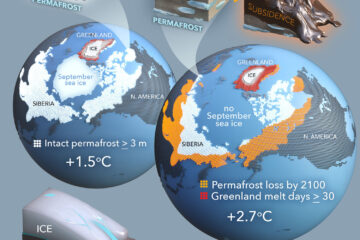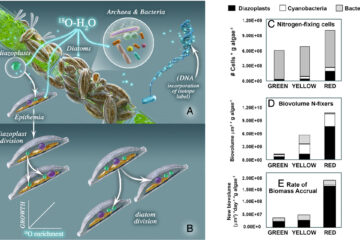Water source niche overlap increases with site moisture availability in woody perennials
Classical niche partitioning theory posits increased competition for and partitioning of the most limiting resource among coexisting species. Coexisting plant species may vary in rooting depth, reflecting niche partitioning in water source use. Our goal was to assess the soil water partitioning of woody plant communities across northern Arizona along an elevational moisture gradient using stem and soil water isotopes from two sampling periods to estimate the use of different water sources. We hypothesized that niche overlap of water sources would be higher and monsoon precipitation uptake would be lower at sites with higher moisture availability. Pairwise niche overlap of coexisting species was calculated using mixing model estimates of proportional water use for three sources. Across the moisture gradient, niche overlap increased with site moisture index (precipitation/potential evapotranspiration) across seasons, and site moisture index explained 37% of the variation in niche overlap of intermediate and deeper sources of water. Desert trees utilized more winter source water than desert shrubs, suggesting the partitioning of water sources between functional groups. However, seasonal differences in surface water use were primarily found at intermediate levels of site moisture availability. Our findings support classical niche partitioning theory in that plants exhibit higher overlap of water sources when water is not a limiting resource.


